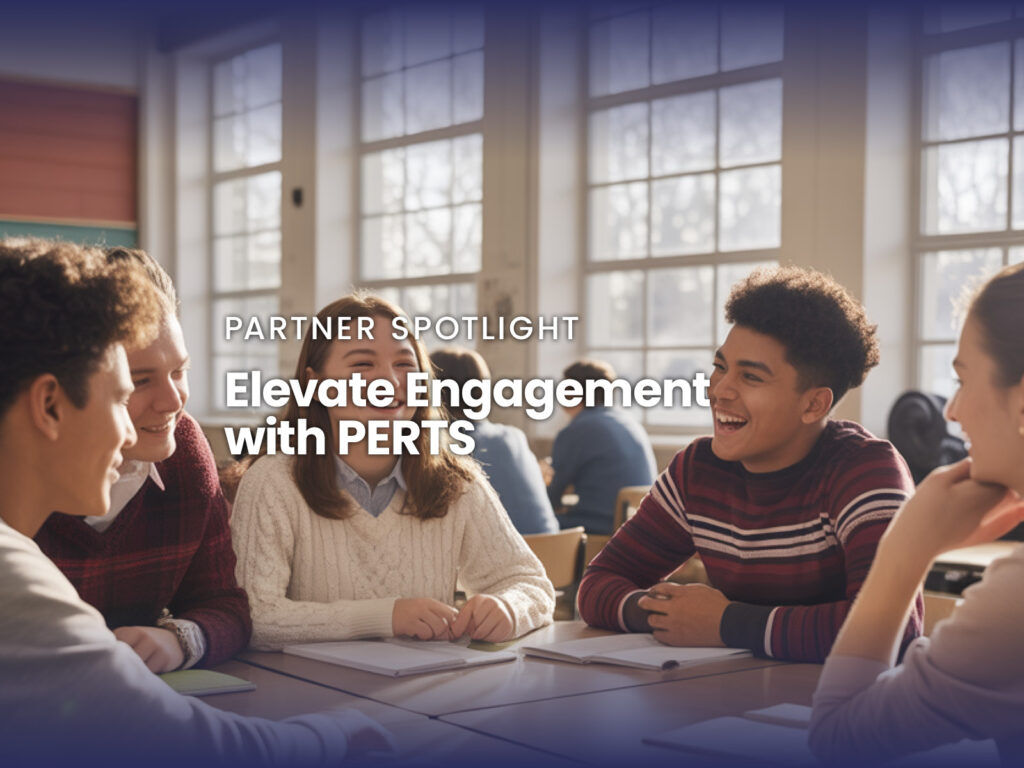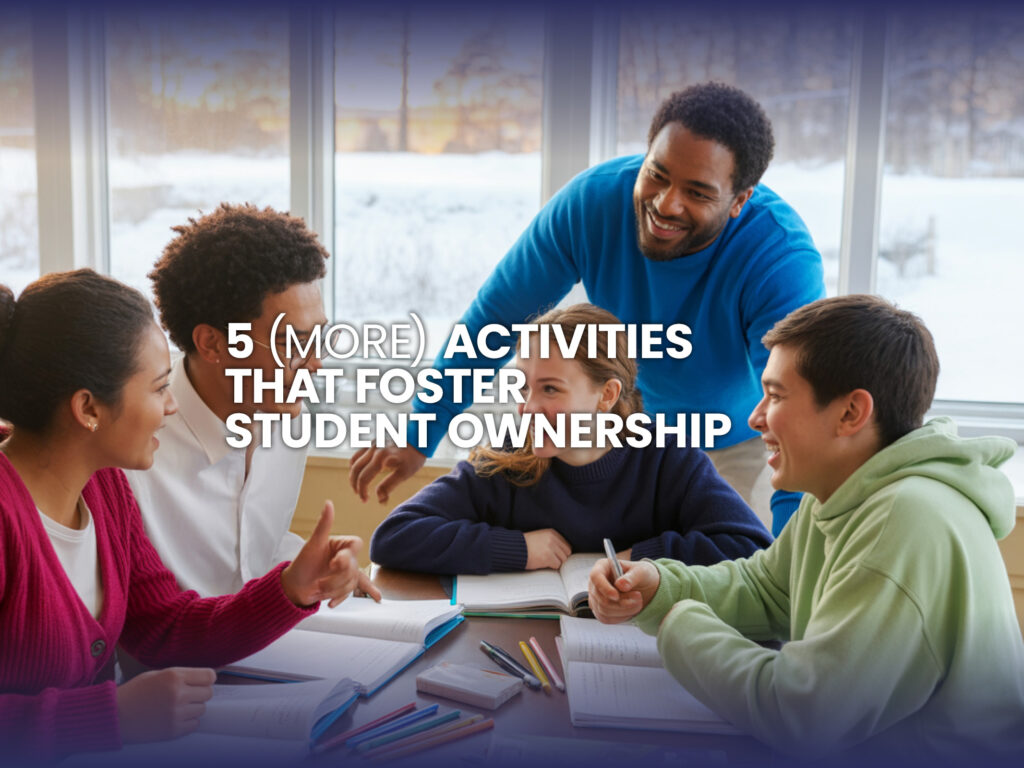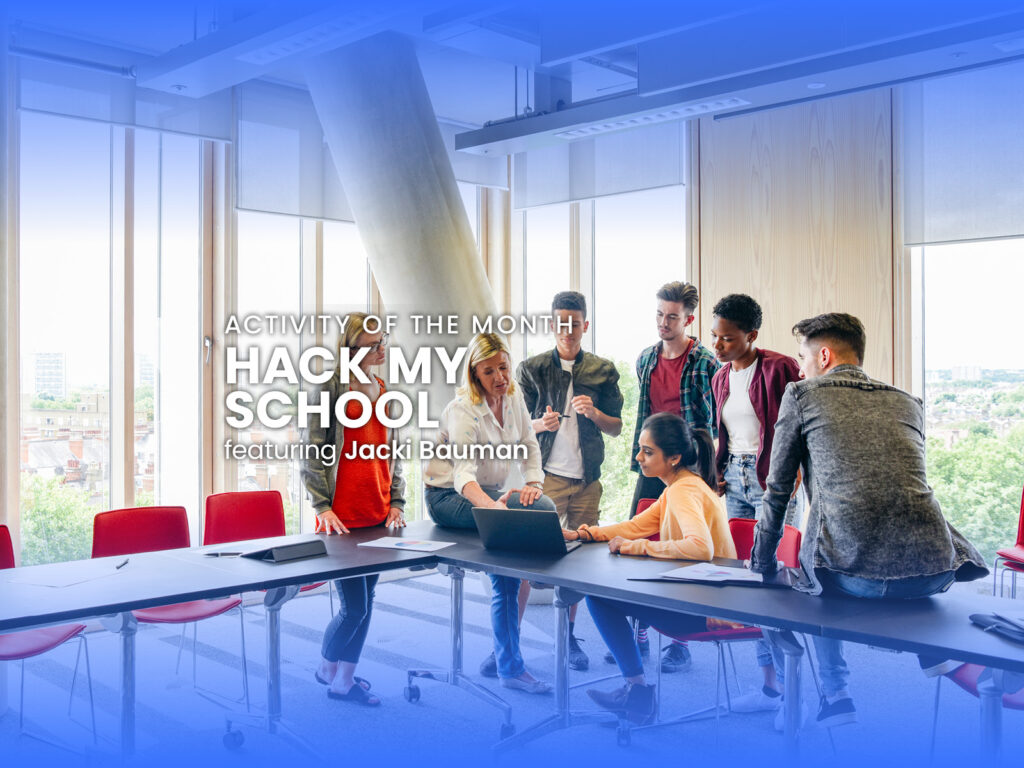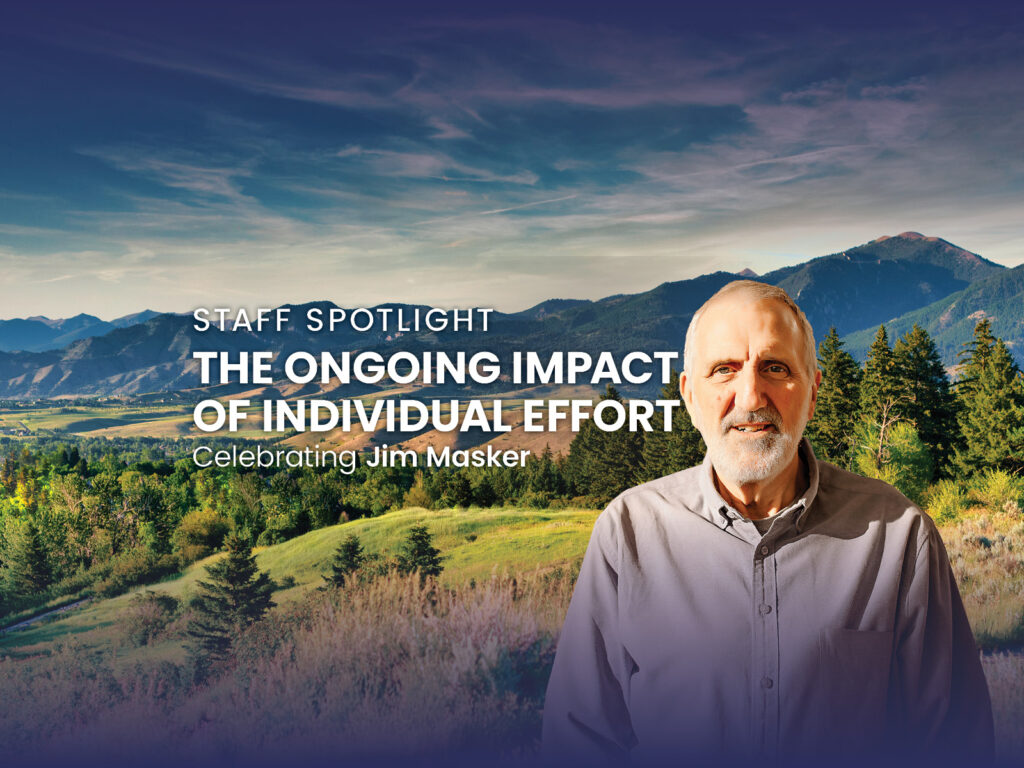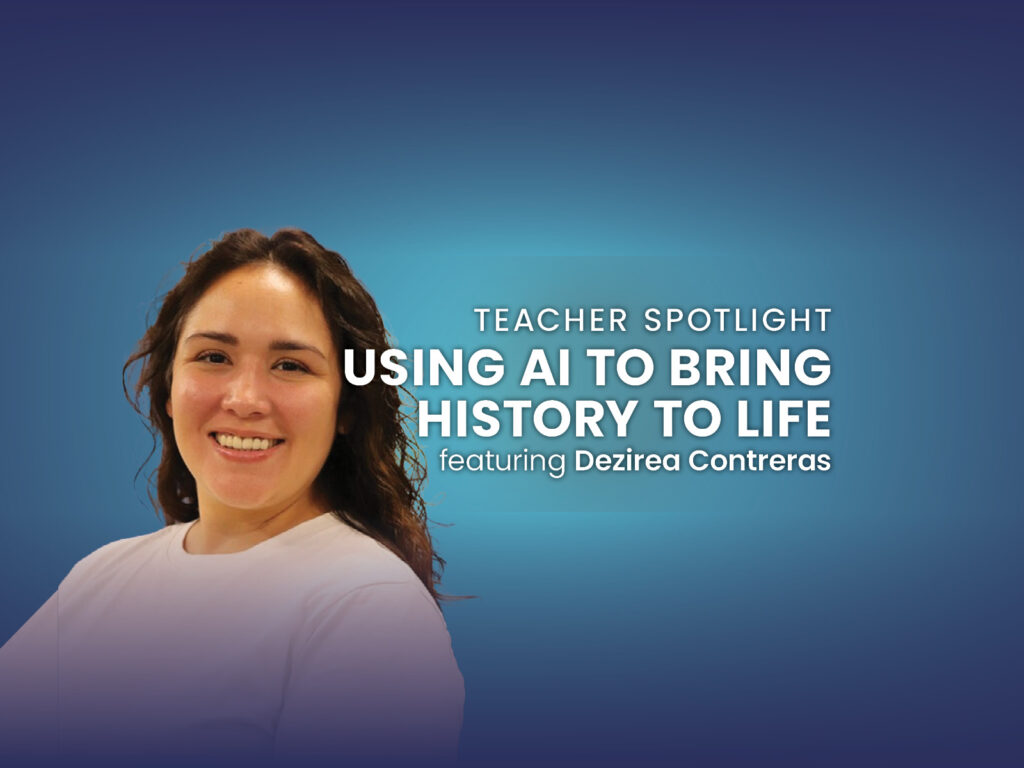Prioritizing Relationships in Back-to-School Planning
Classroom Community Made Simple
To some, creating classroom community may feel like a “nice to have” (vs. “need to have”) for learning to happen. The reality is that – like in any other environment where people are put together and asked to share space and resources – the energy put into ensuring everyone is comfortable is crucial to maximizing the value of the time, learning, and impact for all involved.
Establishing Connections – and Trust
The first days of the new school year can be chaotic. In many classrooms the goal is to settle into a routine as quickly as possible so syllabi are distributed, rules are reviewed, and the academic marathon begins. Empowered believes (and our community of 60,000+ Teachers reassure us) that to have a truly successful school year – the priorities may not even include a curriculum map or seating chart. We know that procedures don’t create impact, people do.
In an Empowered Classroom – the foundation for a truly impactful year is to invest in and build bonds with and between students. That is why, at the start of this school year, we’re encouraging teachers to take the time needed to ensure they – as professionals and guides for learners – and their students feel safe, seen, and connected. We encourage all educators to spend time creating classroom community – even in hybrid to the other early-school-year priorities they may feel.
The Strategic Investment in Connection
Prioritizing relationship-building should be a strategic imperative. When teachers dedicate the first days – and maybe even weeks of the year getting to know their students (not just their names but their interests, stories, and goals) they are gathering the knowledge they need for personalized learning to occur. Students learn best when they feel cared for and valued by their teachers. This sense of belonging creates spaces where students are more willing to take intellectual risks, ask questions, and persist through challenges.
This “slow start” may seem odd from a traditional classroom perspective but it should result in instructional acceleration. The time invested in building community upfront pays dividends all year long in the form of fewer classroom management issues and increased student engagement. A teacher who has built rapport can challenge students more academically because a foundation of trust has been established. This initial period is when you build the trust that allows you to “help them grow in every capacity”.
Teachers Make the Difference

A 2024 Walton Family Foundation and Gallup survey found that 75% of all students have “at least one teacher who makes me excited about the future“. More importantly, the survey showed that the only factors that made school engaging for more than 50% of respondents were “(the) teacher made it exciting and interesting” and “the topic was something I wanted to learn more about“.
These findings reinforce that having passionate, caring professionals in the classroom boosts engagement and when teachers have the tools and support they need to create personalized learning, their impact on students will soar.
Putting People Before Paperwork
Many highly effective teachers make the deliberate choice to save the syllabus and the list of rules for the second day of school. This sends a powerful, non-verbal message: in this classroom, you matter more than the procedures. Some go a step further, co-creating classroom norms with their students, which fosters a shared sense of ownership and responsibility for their learning environment.
What does this look like in practice? It starts with simple, intentional acts. It’s the teacher and students greeting each other, making a positive impression before the bell even rings. Next up is using 5-10 minute “get-to-know-you” (or “bell ringer” or “icebreaker”) activities not as filler, but as genuine tools for discovery. Students will discover, and ideally share things about themselves in pairs, small groups, or even in front of the entire class based on classroom culture. Our digital Back-to-School Kit, brand new for the 2025-26 school year and free to any educator, is full of sample activities from our library.
A Foundation for the Future
Ultimately, the curriculum can wait a day. The rules, which students generally know, can be discussed once a community has begun to form. The real work of the first week is to establish a classroom culture where every student feels they belong.
By prioritizing relationships, teachers are not delaying learning; they are unlocking it. They are creating an environment where students’ confidence can flourish and where a love of learning can take root. This focus on connection is the most profound lesson a teacher can offer, one whose impact lasts far beyond the school year.
Useful Links
If you found this article helpful, we encourage you to go deeper on this topic by:
- Learning more about Empowered and how to join our free Educator Community;
- Creating a free Empowered Hub account to access our Activity Library and AI Activity Creator; and
- Requesting one of our free Back-to-School resource guides from our Shop Empowered site:
- Physical activity packs (while supplies last) with activities that boost engagement or
- Digital Back-to-School kit that helps prioritize and establish classroom community

